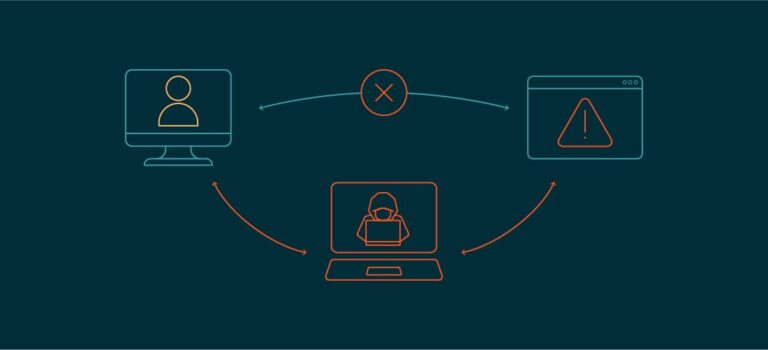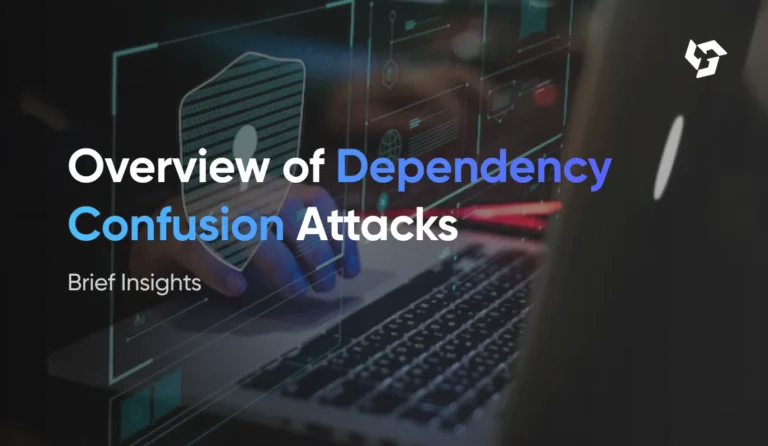AI: Data Extraction Attacks — Is Your Machine Learning Model Leaking Sensitive Information?
Introduction
Artificial Intelligence (AI) and Machine Learning (ML) models have become foundational elements in various industries. From healthcare diagnostics to financial forecasting, these models handle massive amounts of sensitive and proprietary data. However, with increasing dependency on AI comes a critical and often overlooked risk: data extraction attacks. This blog aims to unpack what these attacks are, how they work, real-world implications, prevention strategies, and why every AI practitioner must be concerned.
What is a Data Extraction Attack?
A data extraction attack, sometimes called a model inversion or model extraction attack, involves malicious actors probing an ML model with the goal of reconstructing or inferring the sensitive data it was trained on. This goes beyond simply understanding the model’s behavior; it aims to retrieve actual training data that may include personal, proprietary, or confidential information.
Types of Data Extraction Attacks
1. Model Inversion Attacks
These attacks aim to reverse-engineer the input data by leveraging access to the model’s outputs. For example, if a facial recognition model is queried with enough inputs, an attacker might reconstruct facial images of people from the training set.
2. Membership Inference Attacks
In this type of attack, the adversary tries to determine whether a specific data point was used in the training dataset. This can be damaging in scenarios involving medical records, where knowing that someone’s data was part of a dataset can reveal sensitive health information.
3. Model Extraction Attacks
This involves cloning a target model by observing its output in response to various inputs. Once a duplicate is created, it can be used to study the original model more deeply or mount further attacks.
Real-World Examples
1. Health Records Exposure
In a well-documented case, researchers showed that it was possible to reconstruct training images from a model trained on chest X-rays. These reconstructions revealed not just general patterns, but potentially identifiable patient information.
2. Voice Recognition Systems
Attackers have exploited voice recognition systems to extract voice data and mimic voices, potentially bypassing biometric authentication mechanisms.
3. GPT-3 and Language Models
Studies have shown that large language models like GPT-3 can inadvertently output personal data such as social security numbers or email addresses if such data was present in the training set.
How Do Data Extraction Attacks Work?
Data extraction attacks typically rely on the high memorization capacity of modern machine learning models. Deep learning models, in particular, are capable of memorizing large portions of the training dataset, especially when overfitting occurs.
Attack Surface Includes:
- APIs exposing model predictions
- Poorly generalized models
- Overly complex architectures with high capacity
- Lack of data sanitization
Why Are These Attacks Dangerous?
- Privacy Violations: Individuals’ sensitive data such as medical history, financial data, or personal identifiers can be revealed.
- Corporate Espionage: Proprietary datasets used for training can be stolen, revealing trade secrets.
- Regulatory Risks: GDPR and HIPAA impose strict penalties for improper handling of personal data.
- Trust Erosion: Once a breach is discovered, user trust in AI systems diminishes rapidly.
Who is at Risk?
Any organization deploying ML models in production is at risk, especially if the models are accessible via APIs or exposed to public interfaces.
Industries most vulnerable include:
- Healthcare
- Finance
- Telecommunications
- Retail
- Government Agencies
Case Studies and Research
1. Carlini et al. (2021)
The paper titled Extracting Training Data from Large Language Models showed that models like GPT-2 and GPT-3 could memorize and reproduce sensitive training data verbatim.
2. Shokri et al. (2017)
Demonstrated membership inference attacks with high confidence in models trained on datasets like CIFAR-10 and ImageNet.
3. Tramèr et al. (2016)
Successfully extracted proprietary ML models deployed in cloud-based API services with limited queries.
Defensive Strategies
1. Differential Privacy
Adds noise to the training data or gradients during training, making it mathematically provable that the model doesn’t memorize specific examples.
2. Regularization Techniques
Use dropout, L2 regularization, and early stopping to reduce overfitting and thus reduce memorization.
3. Access Control and Rate Limiting
Limit how users can interact with your model through APIs. Use rate-limiting and API keys to track and throttle usage.
4. Model Watermarking
Insert unique signatures in the model outputs or behavior to detect if a model has been copied.
5. Monitoring and Logging
Implement robust logging systems to monitor unusual usage patterns which may indicate an ongoing attack.
6. Input/Output Sanitization
Filter out sensitive outputs and sanitize inputs to ensure nothing confidential is echoed back.
Best Practices for Developers
- Audit your training datasets for sensitive data before use.
- Perform red teaming exercises to simulate attacks and discover vulnerabilities.
- Retrain models periodically to incorporate privacy improvements.
- Stay updated on the latest research in adversarial machine learning.
- Work with legal and compliance teams to ensure models adhere to data protection regulations.
The Future of Secure AI
As AI adoption grows, so will the sophistication of data extraction attacks. Future models will need to balance performance with privacy and security.
Emerging fields such as Federated Learning, Secure Multi-Party Computation (SMPC), and Homomorphic Encryption promise to offer privacy-preserving alternatives, but they too are not immune to vulnerabilities.
Investing in AI security research and embedding privacy by design will become critical components of responsible AI development.
Conclusion
Data extraction attacks are a silent but severe threat to AI systems. Whether you’re a developer, data scientist, or CISO, understanding and mitigating these risks is no longer optional—it’s a necessity. As AI continues to permeate every aspect of our lives, securing it from within becomes just as important as securing it from outside threats.
Organizations must adopt a proactive stance, continually testing their models, auditing their data, and employing the latest in privacy-preserving technologies. Only then can we build AI systems that are not just intelligent, but also trustworthy.






